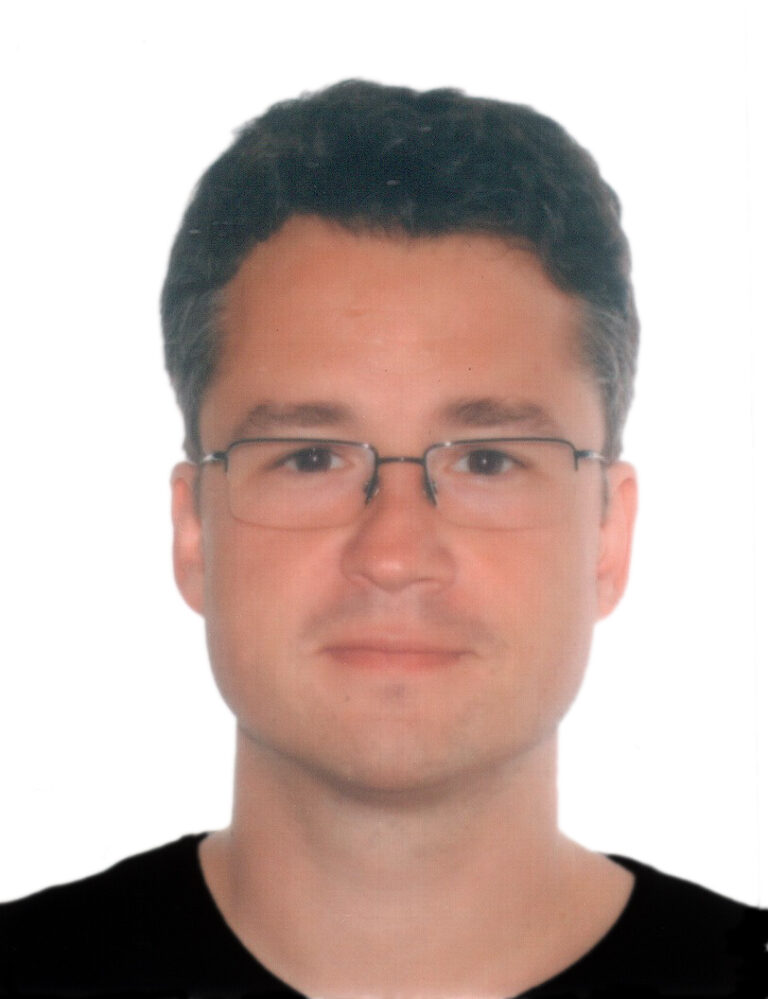Institution
Education/Training
2006 – 2011
PhD degree, Stockholm University, Sweden
2001 – 2006
Studies in Biology, Münster University, Germany
Research Experience/Academic Appointments
Since 2015
Research associate, head of bioinformatics, IKMB, Christian-Albrechts University Kiel
2013 – 2015
Research associate / team leader for the national bioinformatics platform BILS, Uppsala University, Sweden
2011 – 2013
PostDoc, Uppsala University, Sweden
Important Scientific Prizes/Functions
Since 2017
Associate partner in the German Network for Bioinformatics Infrastructure, de.NBI
2013-2015
Head of the national genome annotation platform, Swedish Bioinformatics Infrastructure for Life Sciences (Swedish Elixir node)
Contact


